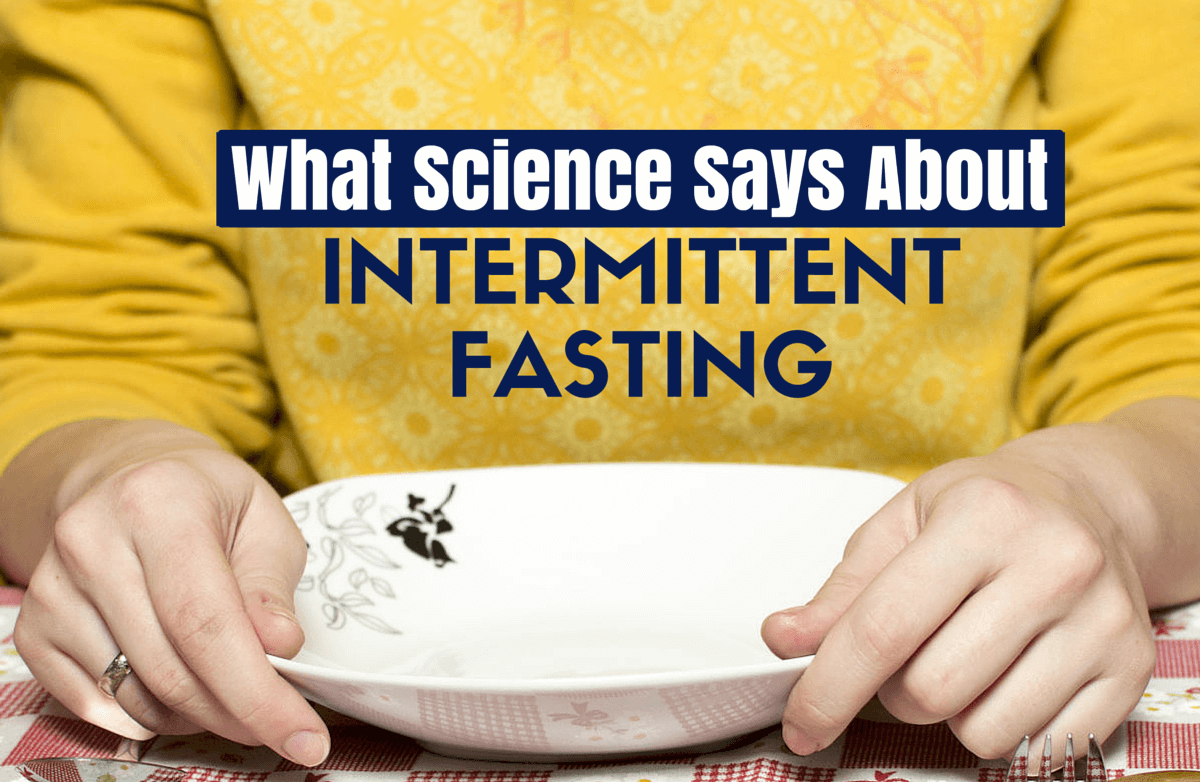|
From coast to coast, nutritional info on restaurant menus is slowly becoming the norm--whether volunteered by companies or (usually) mandated by governments. Though a fight is expected, the U.S. Senate is considering its own legislation to require menu labeling nationwide, and health advocates laud the practice as a way to help staunch the obesity epidemic. Restaurants are starting to pay attention to consumers. Olive Garden and other eateries owned by Darden Restaurants, which is the world's largest nonfranchise table-service chain, decided this summer to disclose nutrition info online after much criticism by consumers. (Darden also owns Red Lobster, Smokey Bones, LongHorn Steakhouse, and Bahama Breeze.) Some examples, as gathered by Healthline.com: Better skip lunch
Lighter Fare
Other restaurants, such as Claim Jumper, IHOP, Outback Steakhouse and California Pizza Kitchen, are putting stats online to comply with a California menu labeling law that went into effect last month, according to our friends at Hungry Girl. Hungry Girl cited a few menu items: IHOP Not Bad... Buttermilk Trio For Me (on the IHOP For Me menu) - 380 calories and 2g saturated fat. Really Sad... Breakfast Sampler - 1,250 calories and 24g saturated fat!!! California Pizza Kitchen Not Bad... Pesto Chicken Thin Crust pizza (one slice) - 155 calories. Really Sad... Field Greens salad - 1,372 calories!!! Outback Steakhouse Not Bad... Seared Ahi Tuna appetizer - 432 calories and 3g saturated fat. Really Sad... Kookaburra Wings appetizer - 1,459 calories and 31g saturated fat!!! While most of those restaurants aren't changing their menus now that people know the true nutritional impact of their meals, others are taking steps to slim down their offerings to offer consumers what the companies say they've been requesting. Mimi's Café has added a healthier Fresh and Fit Menu. Romano's Macaroni Grill had the dubious distinction of being home to some of the worst appetizers in the country, according to Men's Health magazine's "Eat This Not That" Restaurant Report Card feature. (It got a D-.) The magazine recently lauded the restaurant for adding lighter options for lunch and dinner (choose from the Mediterranean Grill and the Amore de la Grill). It should be pointed out that there are still plenty of calorie bombs on the Macaroni Grill menu, but now there are some healthier options. The Cheesecake Factory, which is famous (or infamous, depending on your perspective) for its mammoth portions, has added smaller plates, though with descriptors like crispy, fried, cheese and fritters, they don't seem all that light. And the chain still doesn't post its nutritional info online. (Though a woman from Washington, where they have a labeling law, took photos of every page of the massive menu!) So restaurants are posting their nutrition info and in some cases offering lighter choices. Are you eating them? Apparently not, according to a recent survey: "Surveying American diners, Mintel found that only one in five (20%) rank food health as an important factor when ordering dinner. Far more essential are taste and hunger satisfaction, selected by 77% and 44% of respondents, respectively, when describing what they look for on a dinner menu. And although over three-quarters of adults claim they’d like to see more healthy items on the menu, barely half (51%) say they usually order them." A few other studies have said that posting nutritional info on menus doesn't dissuade diners from reaching for the burger and fries. (Those studies all examined decisions at just one meal; no research has been done on the overall effect of the availability of nutritional info on a healthy lifestyle.) So, is it true that we really do just want the bigger, heavier, greasier, more caloric foods? The Applebee's CEO said so last year: "what people say they want and what they eat are often different, [Stewart] said as she sat in a booth at the IHOP. Nearby, a family of four was pouring different flavors of syrup over stacks of pancakes “That’s what people want." In related news, that restaurant is being sued over claims that Weight Watchers-approved menu choices have far more calories and twice the fat than advertised. So what do you think? Do you want the nutritional info online and on restaurant menus? If you live in a state where nutritional info is mandated, does it affect your food choices? What restaurants do a good job of offering reasonable portions that are nutritious and affordable? |
More From SparkPeople
|

.png)



.jpg)








